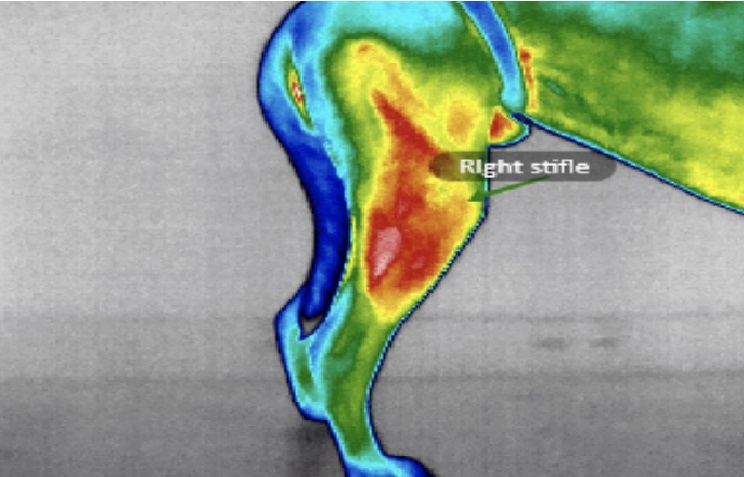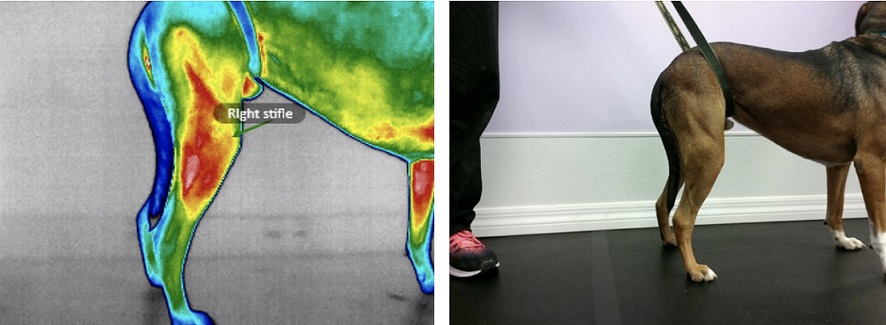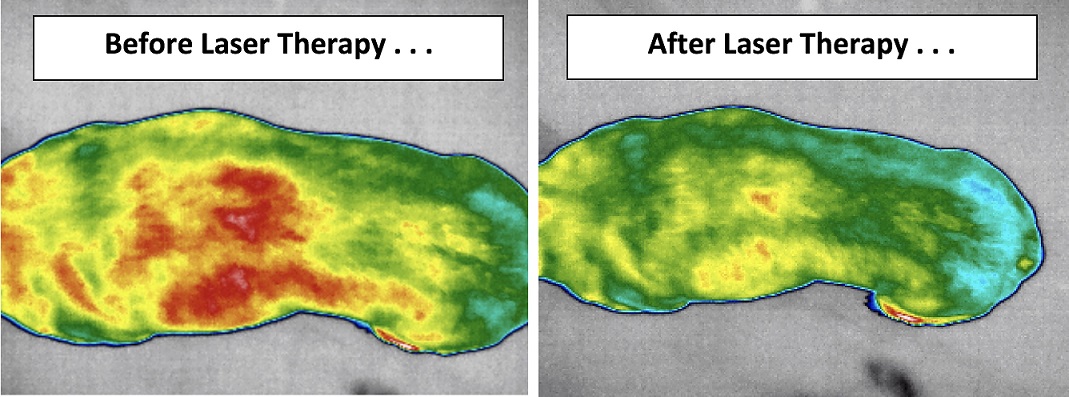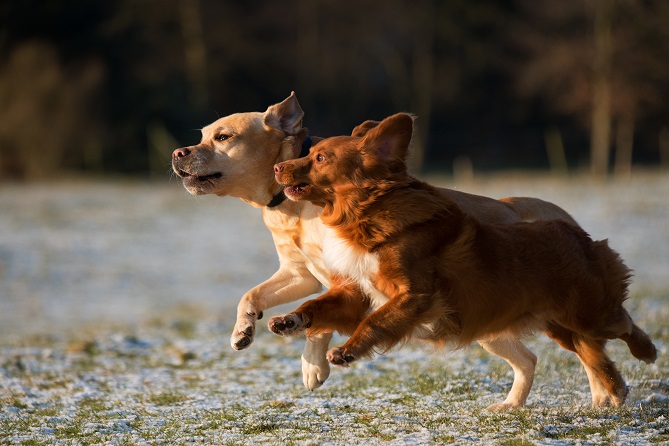The importance of physical therapy/rehabilitation after Canine ACL/CCL Knee Surgery
Did you know that pets have an ligament in the knee that functions similar to an ACL in people? It is called a cranial cruciate ligament and, unfortunately, it can rupture. If this has happened to your pet, you are most likely familiar with the many surgical options to stabilize the knee joint including TPLO, TTA, lateral suture procedure, and CBLO. Each of these methods function to alter the joint mechanics of the knee.
Just like in people, post-operative rehabilitation is strongly recommended for your pet.
There are several reasons to invest in post-op rehab for your pet, including:
1) Relieve Pain and Get Back to Function Faster
One of the main occurrences in the post-operative period is pain! If you have had orthopedic surgery, then you realize how much joint and muscle surgery can affect the way you can (or want) to move during daily tasks. Oral pain medications are a start to treating the pain – but there is so many more holistic, safe therapies for your pet!
The first goal of rehabilitation is to lower pain and inflammation – we specialize in laser therapy, canine massage, canine acupuncture, and therapeutic ultrasound. These modalities will help your pet get back to moving, running, and playing sooner!
Our next goal is strengthening and conditioning of the muscles – underwater treadmill (hydrotherapy) will allow your pet to only bear 20% of their actual weight. With this buoyancy, your pet will utilizing full range of motion of the limbs. This will help prevent further muscle loss while your pet is recovering.
Additionally, we will teach you therapeutic land exercises so that you can learn the safe way to rehabilitation your pet. These are exercises that should be performed for the rest of your pet’s life in order to ensure muscle retention and proper gait.
2) “An ounce of prevention is worth a pound of cure.” Pre-rehabilitation of the other currently unaffected knee.
Unfortunately, more than 50% of dogs will rupture their OTHER cranial cruciate ligament within 12 months of rupturing their first cranial cruciate ligament.
By utilizing targeted exercises to strengthen the muscles around the knee and progressive conditioning of those muscles, we are better able to lower the chances of this all-too-common occurrence.
Veterinary knee surgery is expensive – we strive to avoid a second surgery!
3) A guiding hand
Your pet is your baby – an investment in rehabilitation is an investment to help protect your recovering child. In human medicine, post-operative rehabilitation is mandatory.
Should we truly lower those standards for our furry children?
As pet rehabilitation veterinarians, we are well-versed in the way an animal should progress through their post-operative period. By investing in rehabilitation, you are protecting your investment in your pet’s orthopedic surgery.
You will not be alone on this journey to returning to full function!









Leave A Comment
You must be logged in to post a comment.